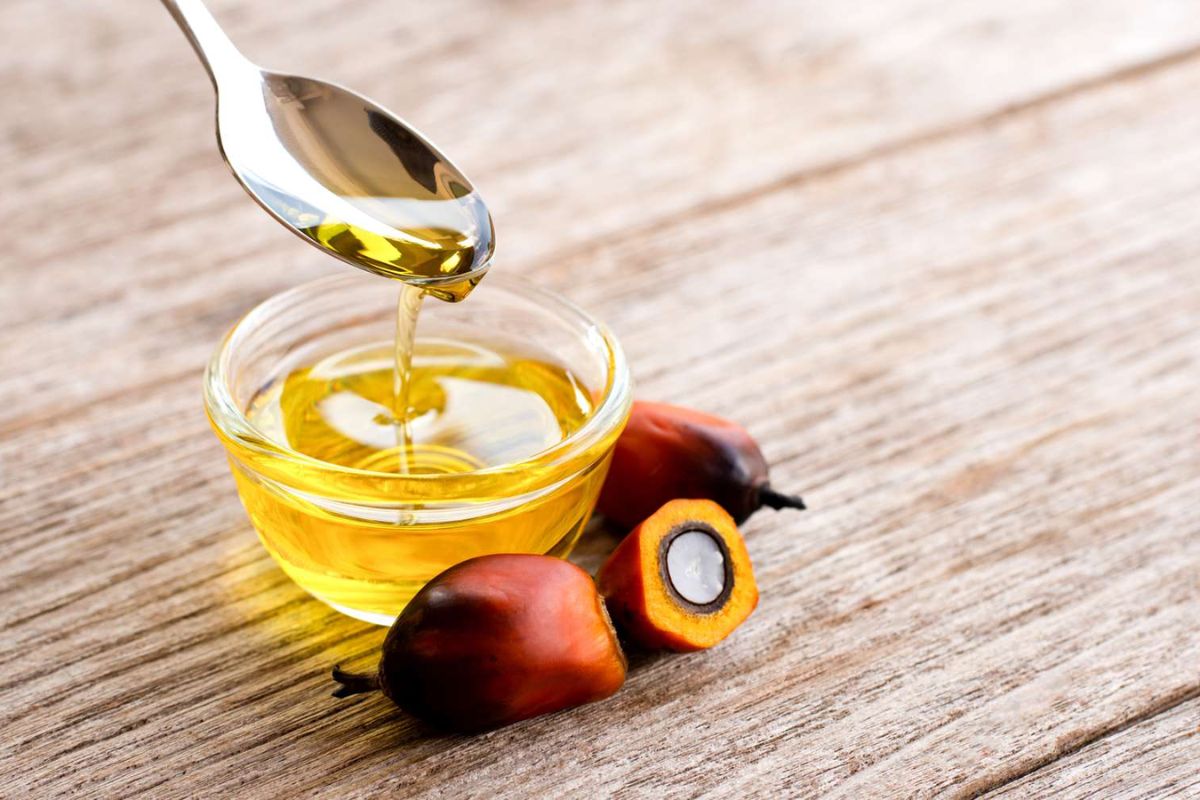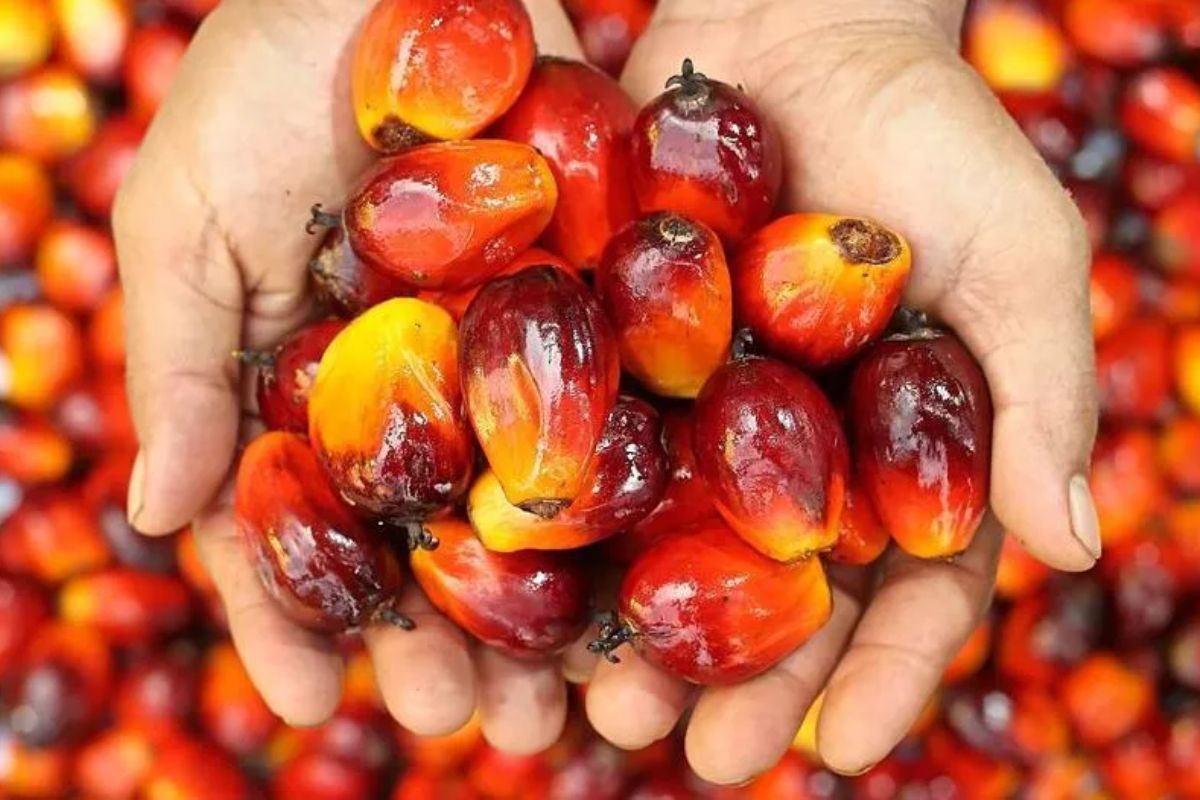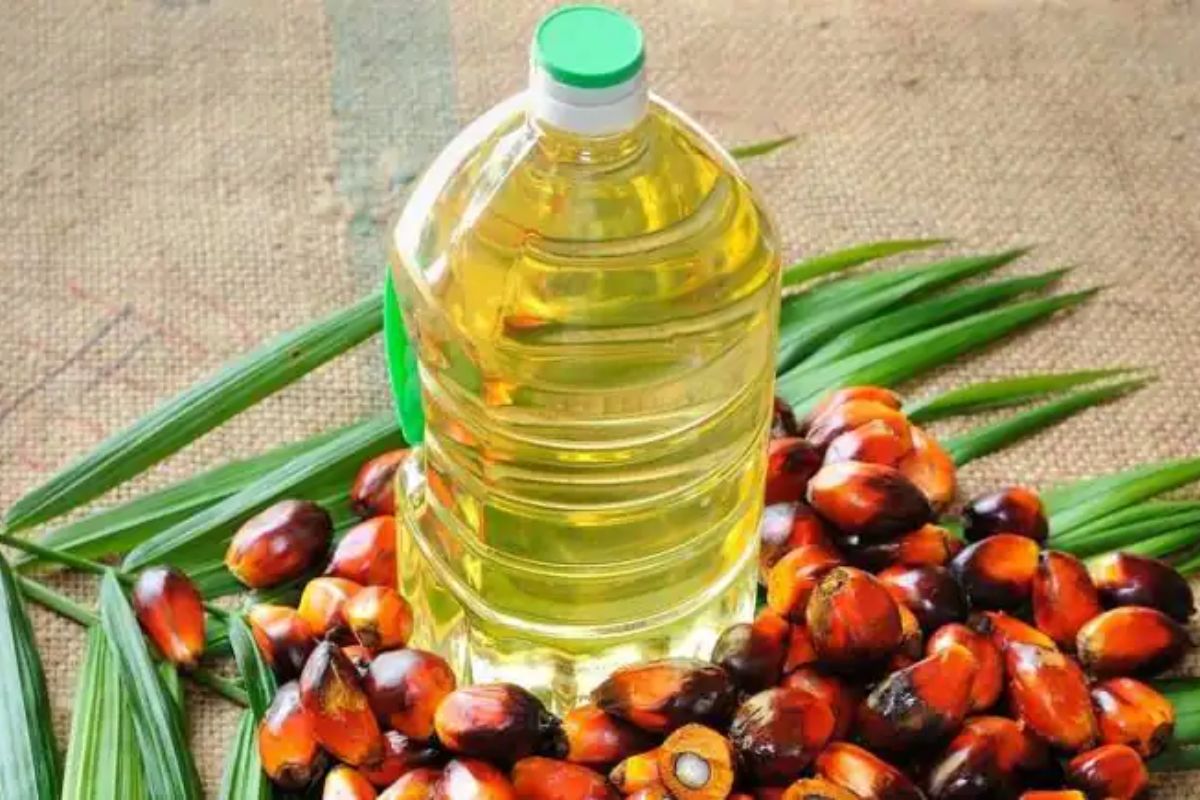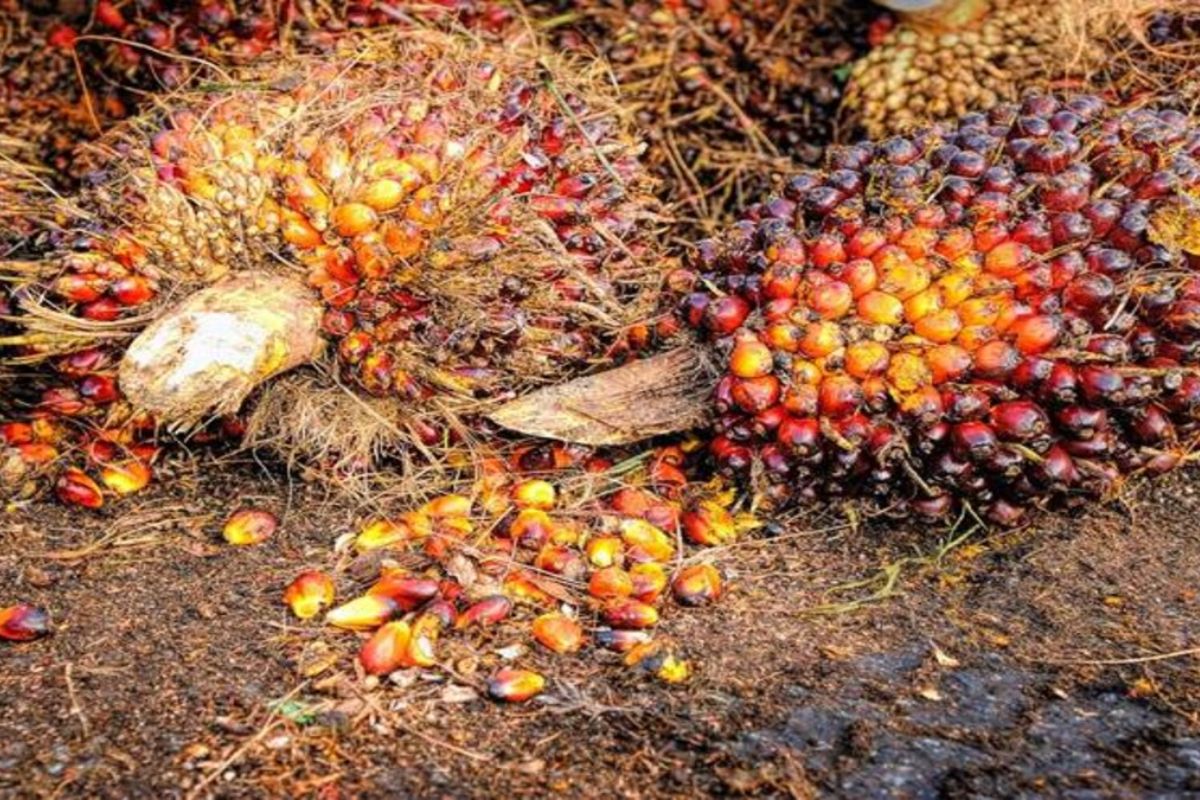Palm Oil Prices: In the ever-evolving landscape of global commodity markets, palm oil prices have taken a hit as buyers increasingly turn to more affordable alternatives like soyoil and sunflower oil.
This shift in buyer behavior is driven by a combination of factors, including production disparities, changing preferences in key markets like India, and challenges in the European market.
As we delve into the intricacies of these dynamics, it becomes evident that the palm oil industry is facing a critical juncture, where maintaining a premium position, understanding industrial demand, and effectively managing stock dynamics will be key to its future success.
The implications of this trend are far-reaching, warranting a closer examination of the factors at play and their potential impact on the palm oil market.
Key Takeaways
- Oversupply of soyoil and sunflower oil is impacting palm oil prices.
- Buyers are opting for more affordable options like soyoil and sunflower oil.
- Indian buyers are shifting their preferences to soyoil and sunflower oil, leading to a decrease in palm oil imports in India.
- Palm oil’s position in Europe is being impacted by higher freight costs, leading European buyers to explore alternatives like soyoil and sunflower oil.
Palm Oil Prices Face Cap Amidst Surplus in Soyoil and Sunflower Oil
The current surge in palm oil prices is being hampered by an oversupply of soyoil and sunflower oil, resulting in a cap on the palm oil market. The rebound in palm oil prices has been met with limitations due to the abundant supplies of competing soyoil and sunflower oil. These soft oils, which have traditionally traded at a premium to palm oil, are now available at discounts, signaling a shift in market dynamics.
Also Read: Cocoa and Iron Ore Soar to New Heights: Highlights of 2023’s Commodity Market Surge
The benchmark Malaysian palm oil futures, which have been recovering from an 11% dip in the previous year, have seen a nearly 5% rise in 2024. However, this price increase is being constrained by the surplus of soyoil and sunflower oil, as buyers are opting for the more affordable options. This oversupply situation is putting a cap on the palm oil market, preventing prices from rising further.
Divergent Price Trends Driven by Production Disparities
Driven by disparities in production volumes, the price trends for palm oil, soyoil, and sunflower oil have diverged significantly. This divergence is a result of several factors:
- Record soybean crop: The abundance of South American soybeans has led to a surplus of soyoil, driving down its prices. With ample supply, buyers are opting for the more affordable option.
- Dryness caused by El Nino: Indonesia and Malaysia, the largest producers of palm oil, are experiencing dry conditions due to the El Nino weather phenomenon. This has hampered palm oil production, leading to a decrease in supply and an increase in prices.
- Rising production of soft oils: The production of sunflower oil and other soft oils is on the rise, further intensifying the competition among different oil types. This increase in supply has contributed to the divergent price trends.
- Competition and market dynamics: The interplay of these production disparities and market forces has resulted in the significant divergence in price trends among palm oil, soyoil, and sunflower oil.
Impact on Buyer Behavior: Shifting Preferences in India
Amidst the divergent price trends driven by production disparities, the impact on buyer behavior is becoming evident, particularly in India, the top vegetable oil importer.
Higher palm oil prices have prompted a shift in buyer preferences, with Indian buyers turning to more affordable alternatives such as soyoil and sunflower oil. This change is reflected in the import data, as palm oil imports in India fell to their lowest level in three months in January, while soyoil purchases rose significantly.
The affordability factor seems to be driving this shift, as soyoil and sunflower oil are offered at lower prices compared to palm oil. This change in buyer behavior highlights the importance of price competitiveness and affordability in influencing consumer choices in the vegetable oil market.
Global Market Dynamics: European Challenges and Pakistan’s Perspective
Palm oil’s position in global markets is facing challenges, particularly in Europe, due to higher freight costs and trading at a premium, impacting purchasing decisions. The following are key aspects of the global market dynamics and Pakistan’s perspective:
- European challenges: The higher freight costs make palm oil even more expensive for European buyers, leading them to explore other affordable options like soyoil and sunflower oil. This shift in preference is driven by the need to mitigate costs and maintain profitability.
- Trading at a premium: Palm oil’s premium pricing in Europe is a result of the increased demand for sustainable and certified palm oil, which comes at a higher price point. This premium pricing further incentivizes buyers to seek alternative oils.
- Pakistan’s resilient demand: In Pakistan, palm oil is primarily used for vanaspati ghee production. Despite the changing market dynamics, the demand remains resilient. This can be attributed to the affordability and versatility of palm oil, making it a preferred choice for consumers.
- Rasheed JanMohd’s perspective: According to the CEO of Westbury Group, the demand for palm oil in Pakistan is expected to remain strong in the future. The country’s growing population and increasing urbanization drive the consumption of palm oil-based products.
Future Outlook: Maintaining Premium, Industrial Demand, and Stock Dynamics
The future outlook for palm oil encompasses the maintenance of its premium pricing, the sustained demand from the industrial sector, and the dynamics of stock levels in producing countries.
Despite the current challenges faced by the palm oil industry, the demand for palm oil in the industrial sector is expected to remain strong, especially in areas like biodiesel production. This will help support the premium pricing of palm oil in the market for the next few months.
Additionally, the decreasing stocks in producing countries such as Malaysia will give them the advantage to quote higher prices, further supporting the premium status of palm oil.
Conclusion Of Palm Oil Prices
The palm oil market is currently facing challenges due to the availability of more affordable alternatives such as soyoil and sunflower oil. This has led to a decrease in palm oil prices and a shift in buyer preferences, particularly in India.
Additionally, European challenges and Pakistan’s perspective on global market dynamics further contribute to the changing landscape of the industry.
Moving forward, maintaining a premium, understanding industrial demand, and monitoring stock dynamics will be crucial for the palm oil industry.
Our Reader’s Queries
Q1 Why is the demand for palm oil increasing?
A As the world’s most widely consumed vegetable oil, palm oil finds its way into half of all packaged products, ranging from ice cream and instant foods to shampoo and lipstick. With a growing global population and increasing prosperity, the demand for palm oil is poised to soar.
Q2 What is the forecast for the palm oil market?
A Global palm oil market was valued at approximately USD 67.3 billion, with a projected increase to USD 70.4 billion in 2023. Anticipated further growth reveals a compound annual growth rate of 5.1% from 2023 to 2030, ultimately reaching USD 100.0 billion by 2030.
Q3 Which country consume palm oil the most?
A Indonesia holds the dominant position as the world’s foremost consumer and producer of palm oil.




